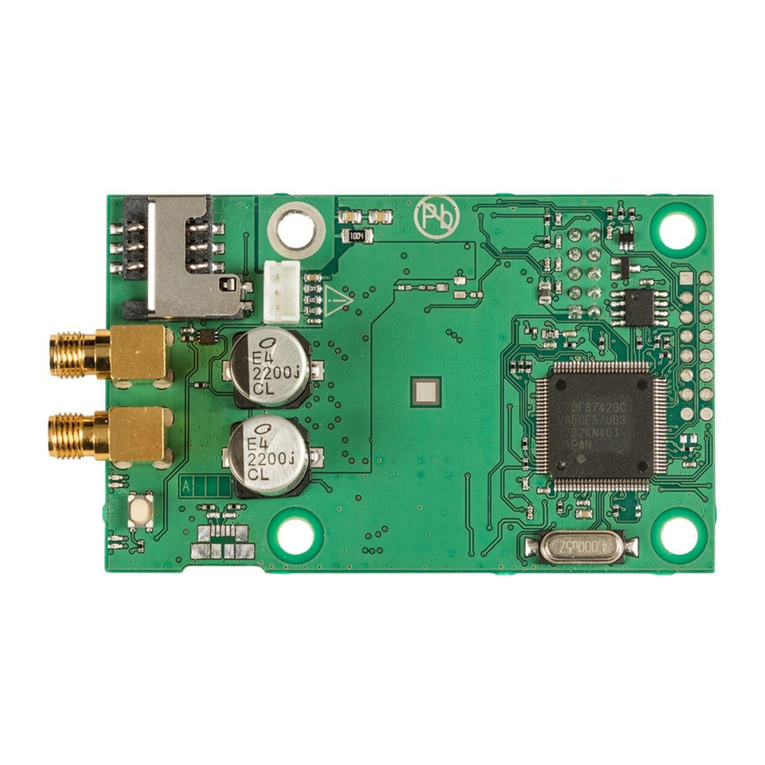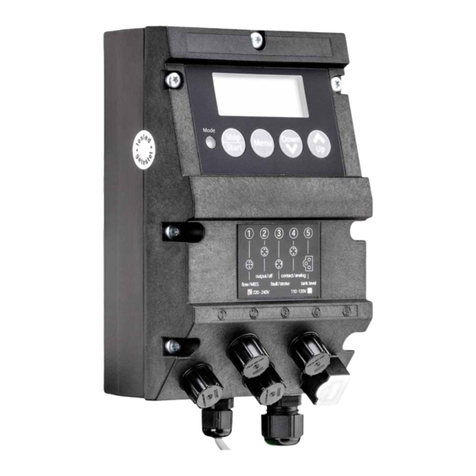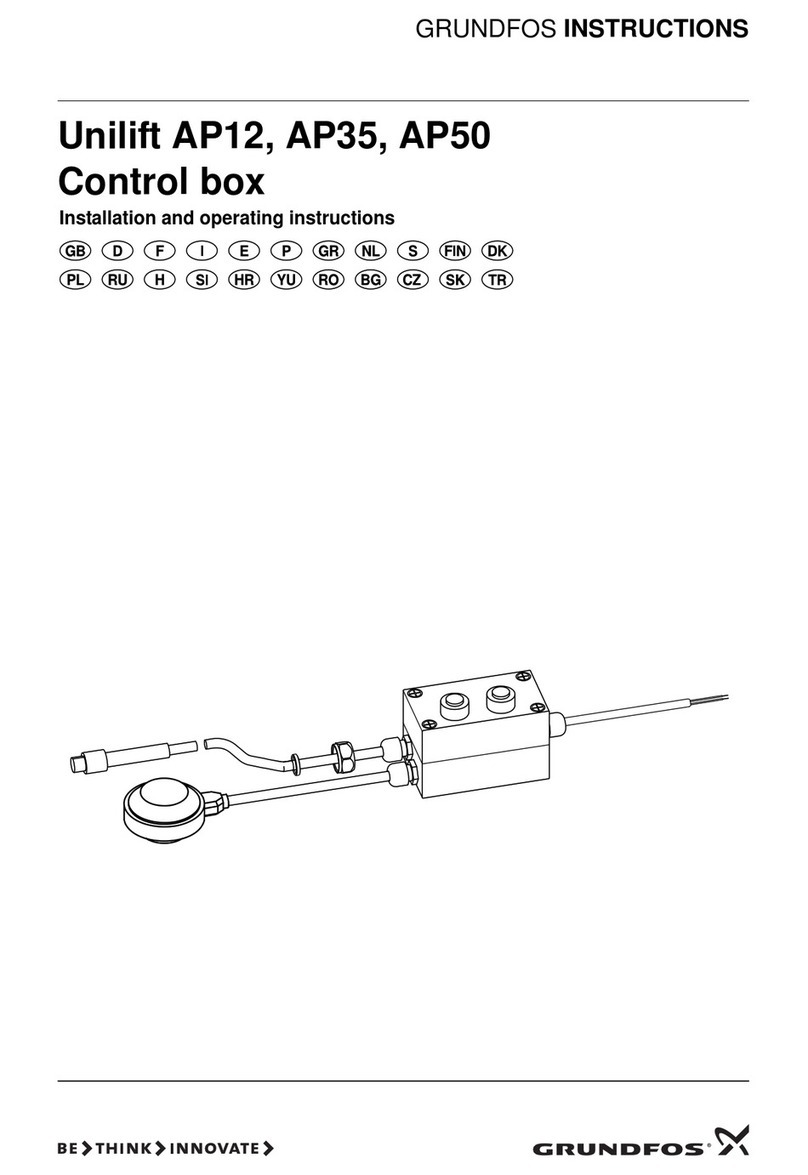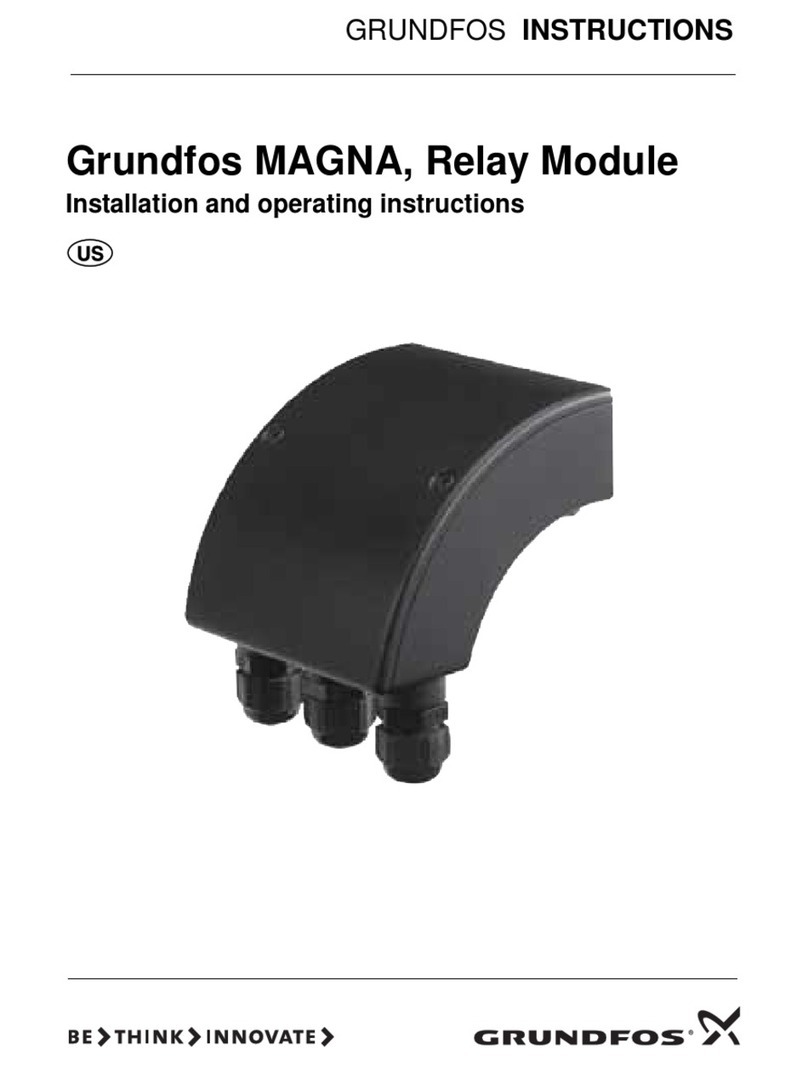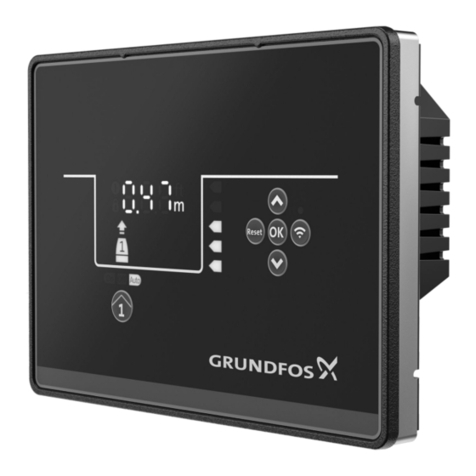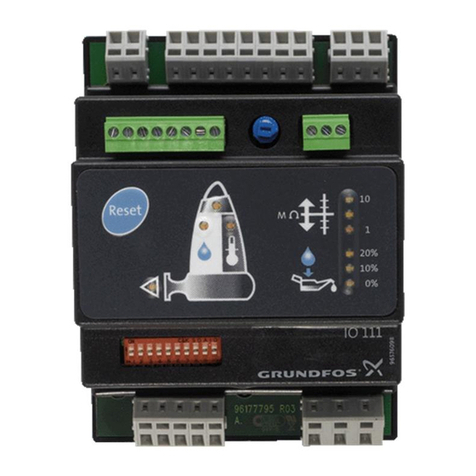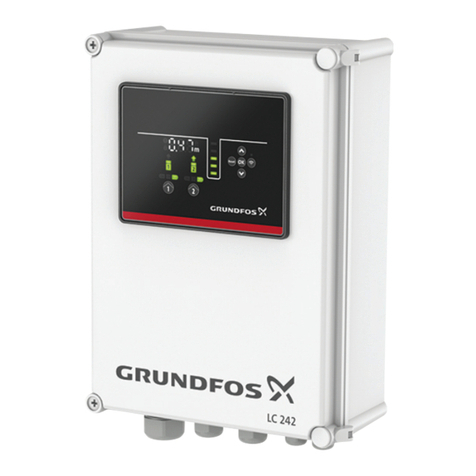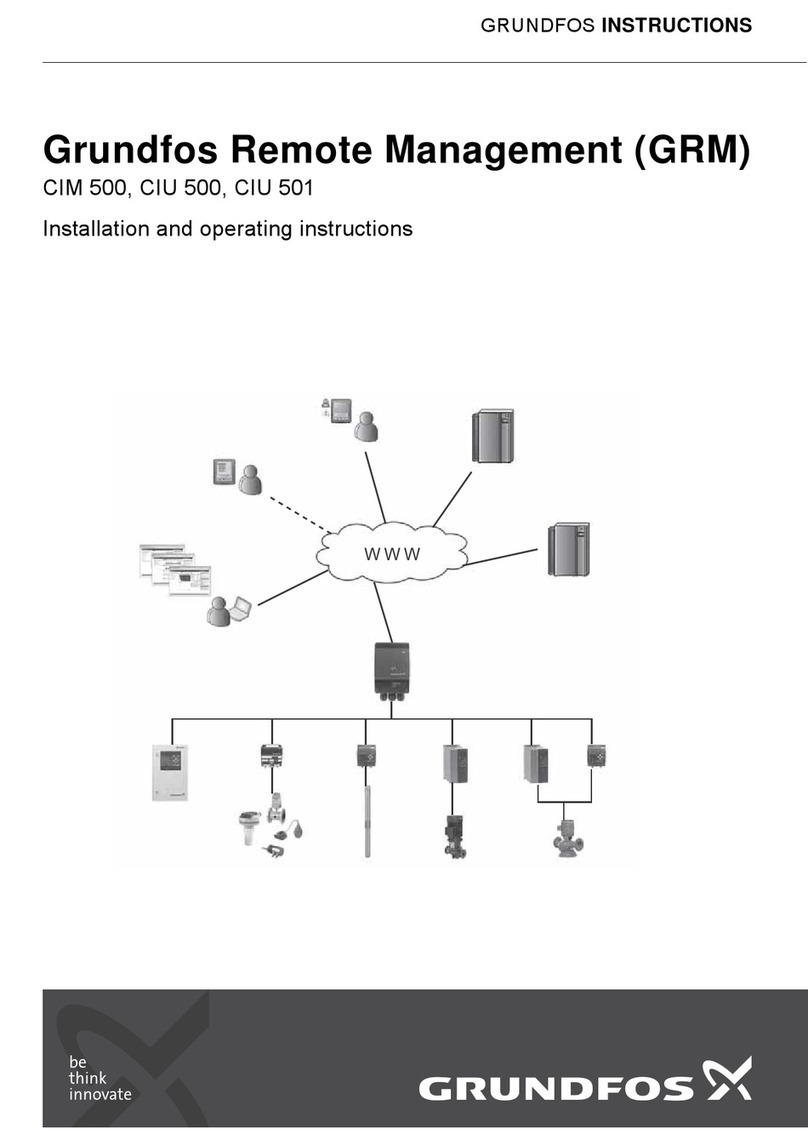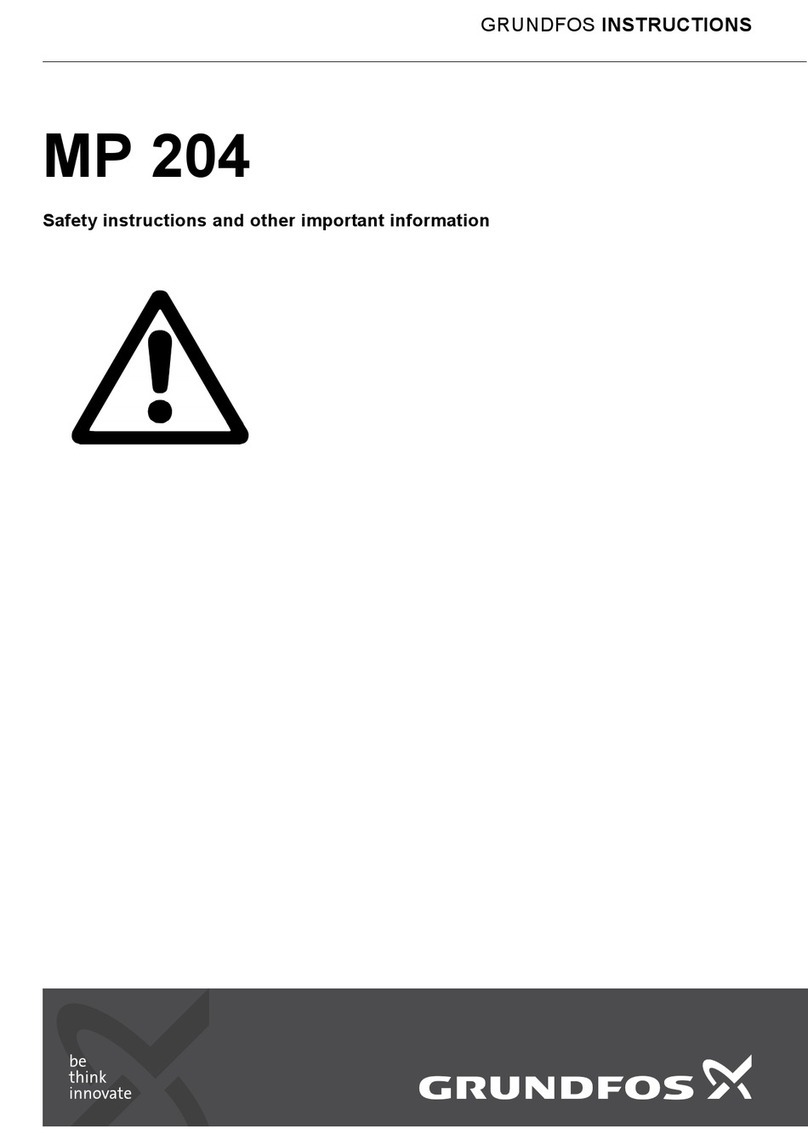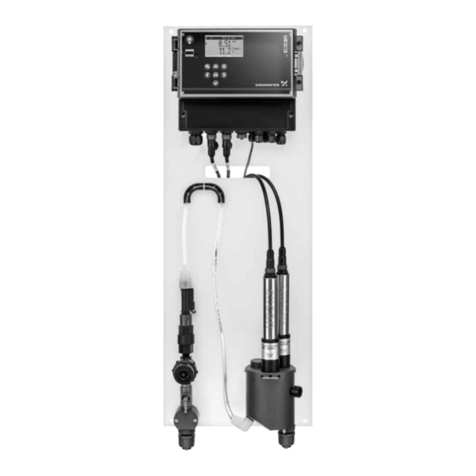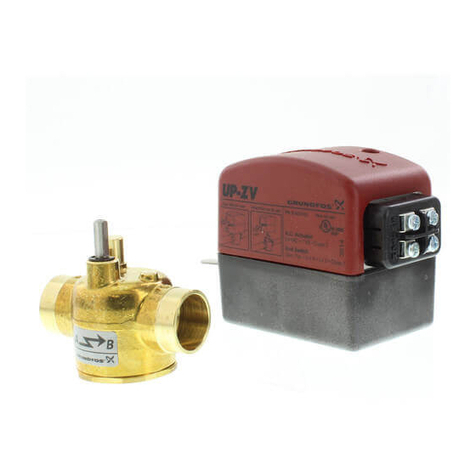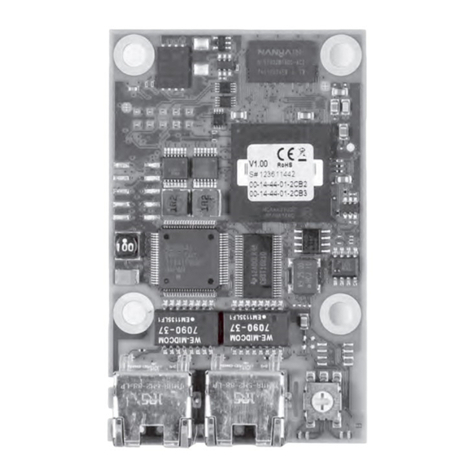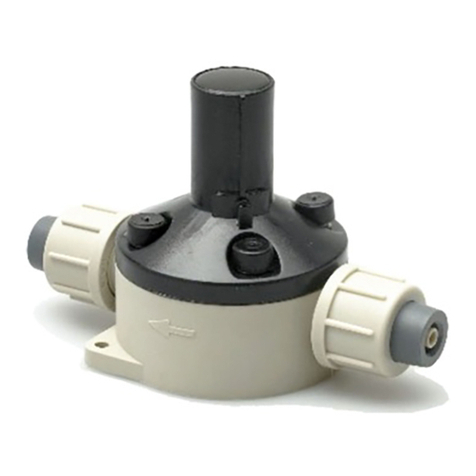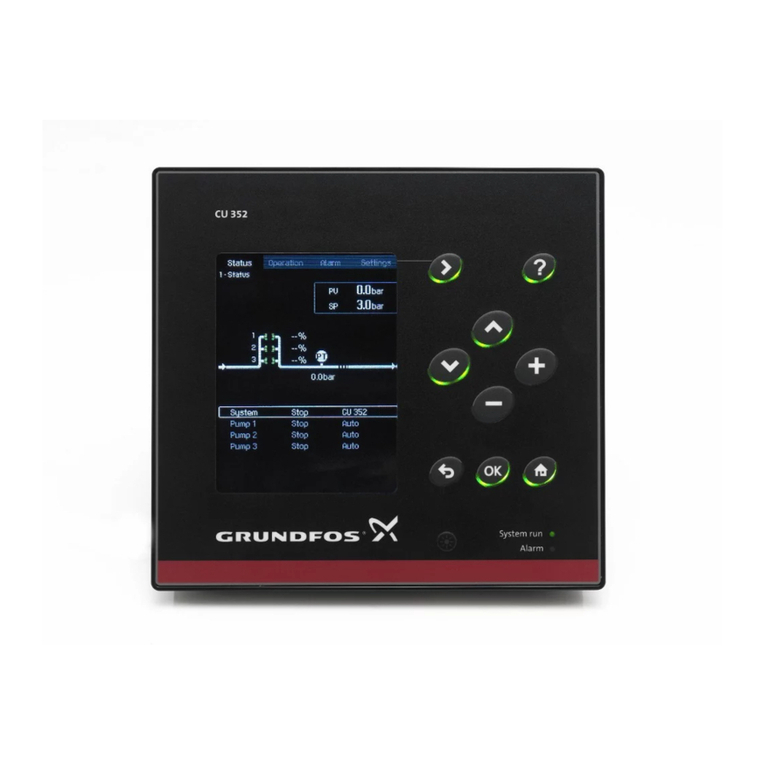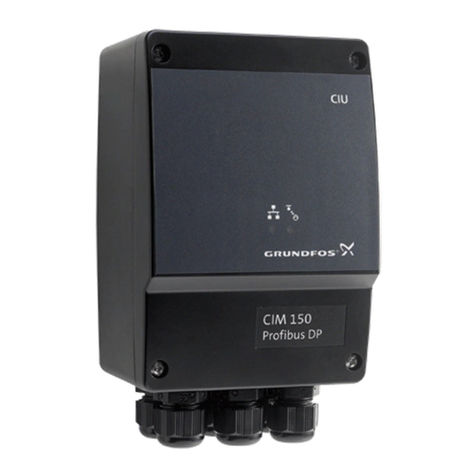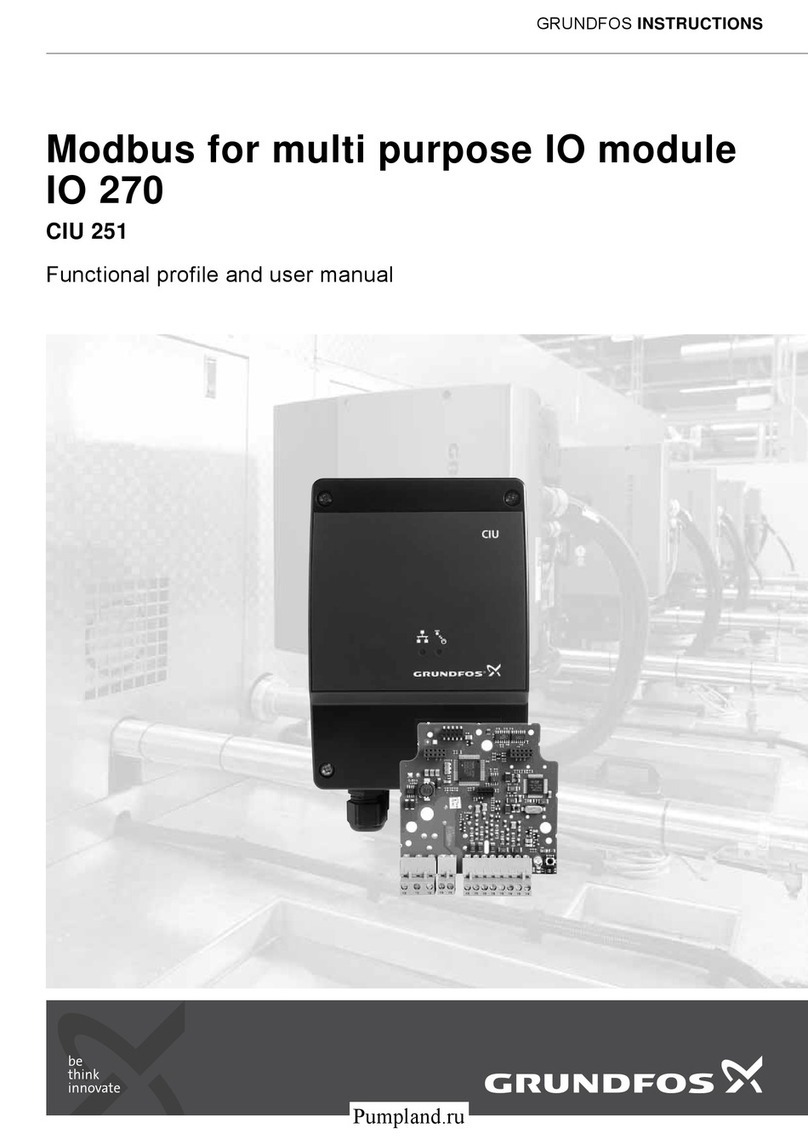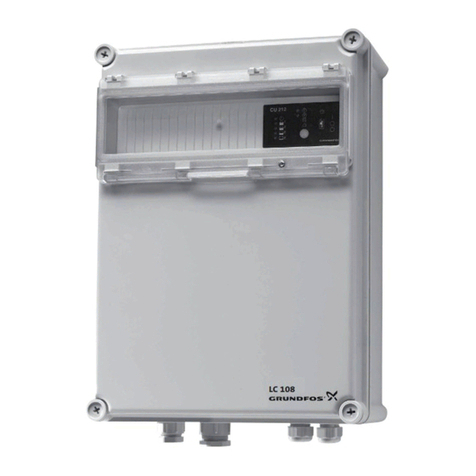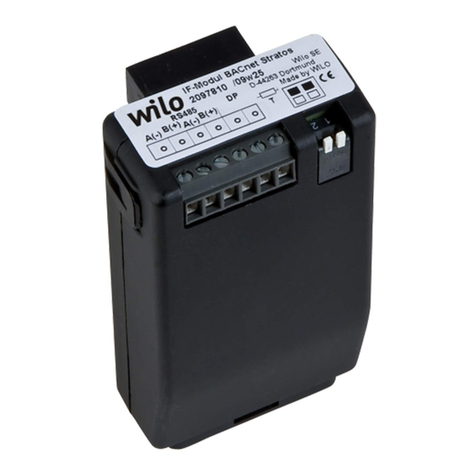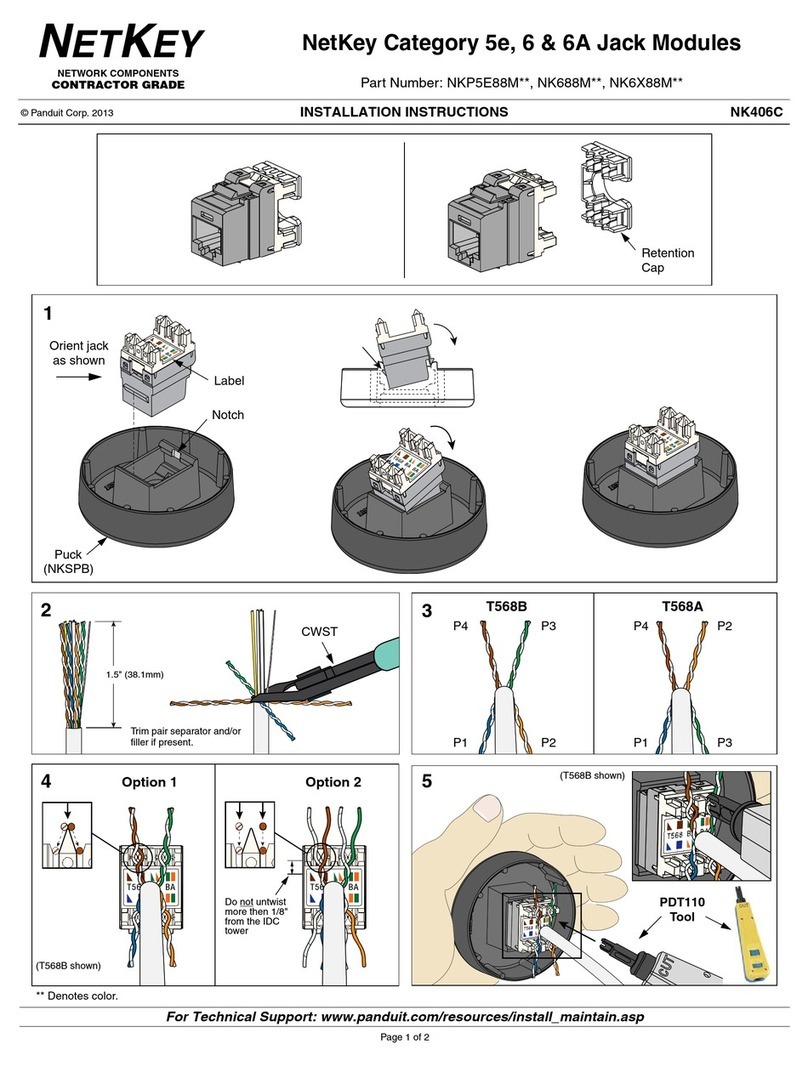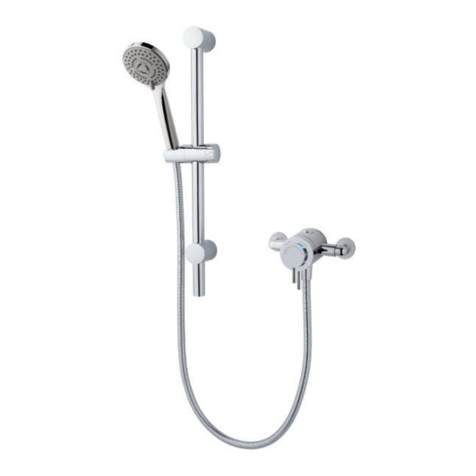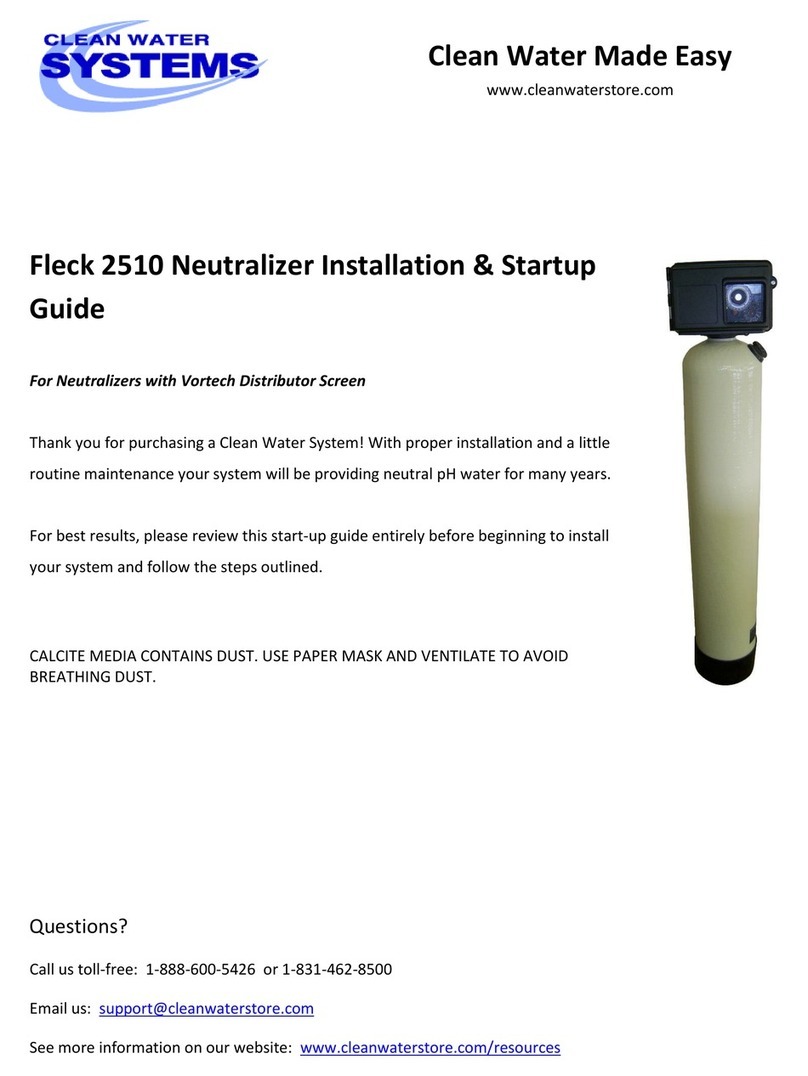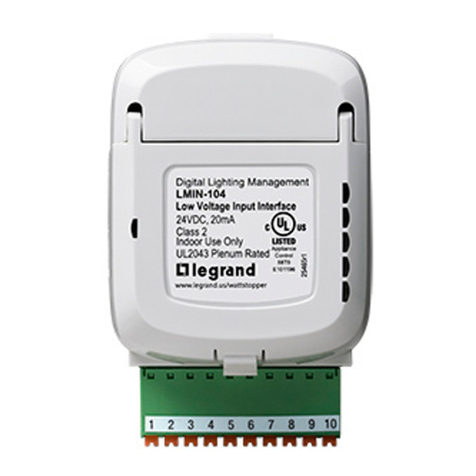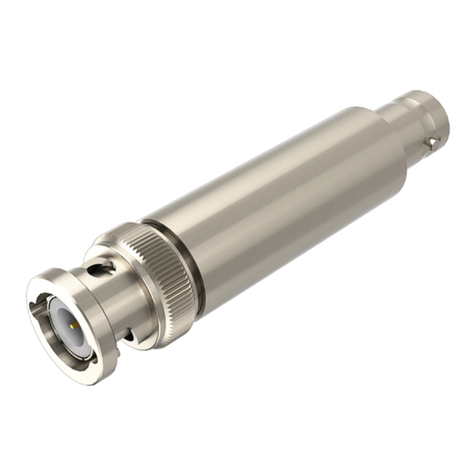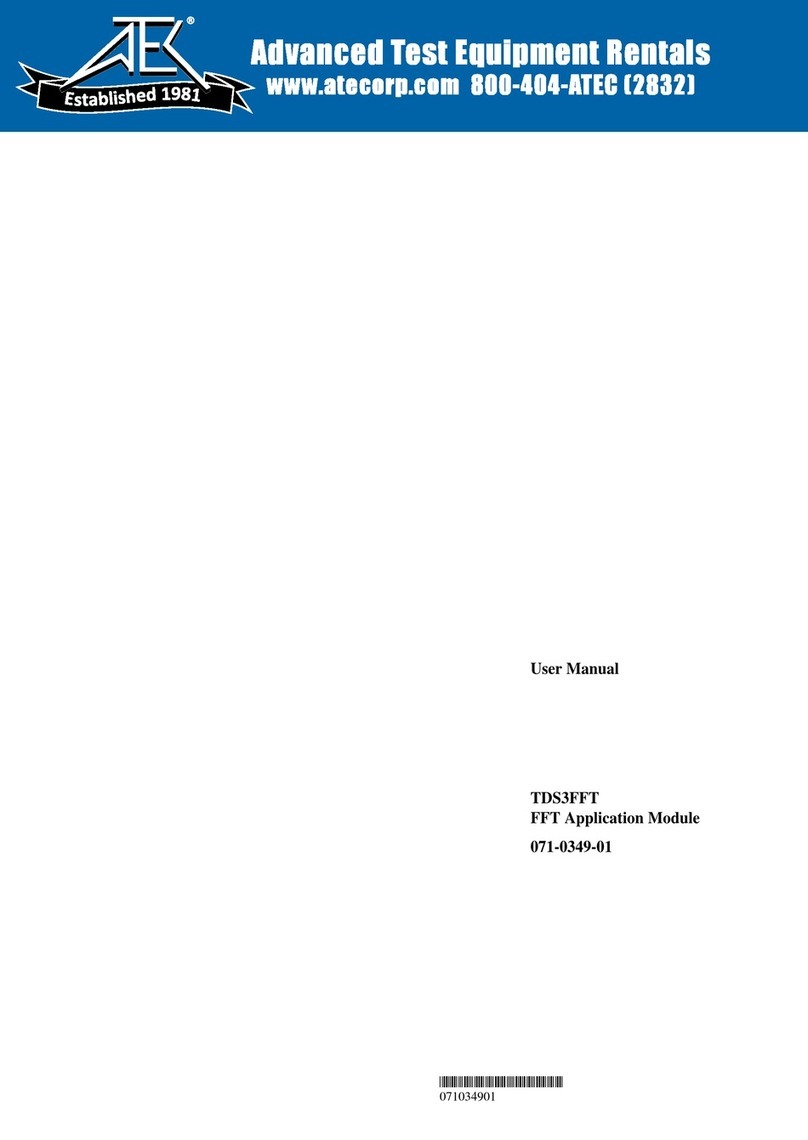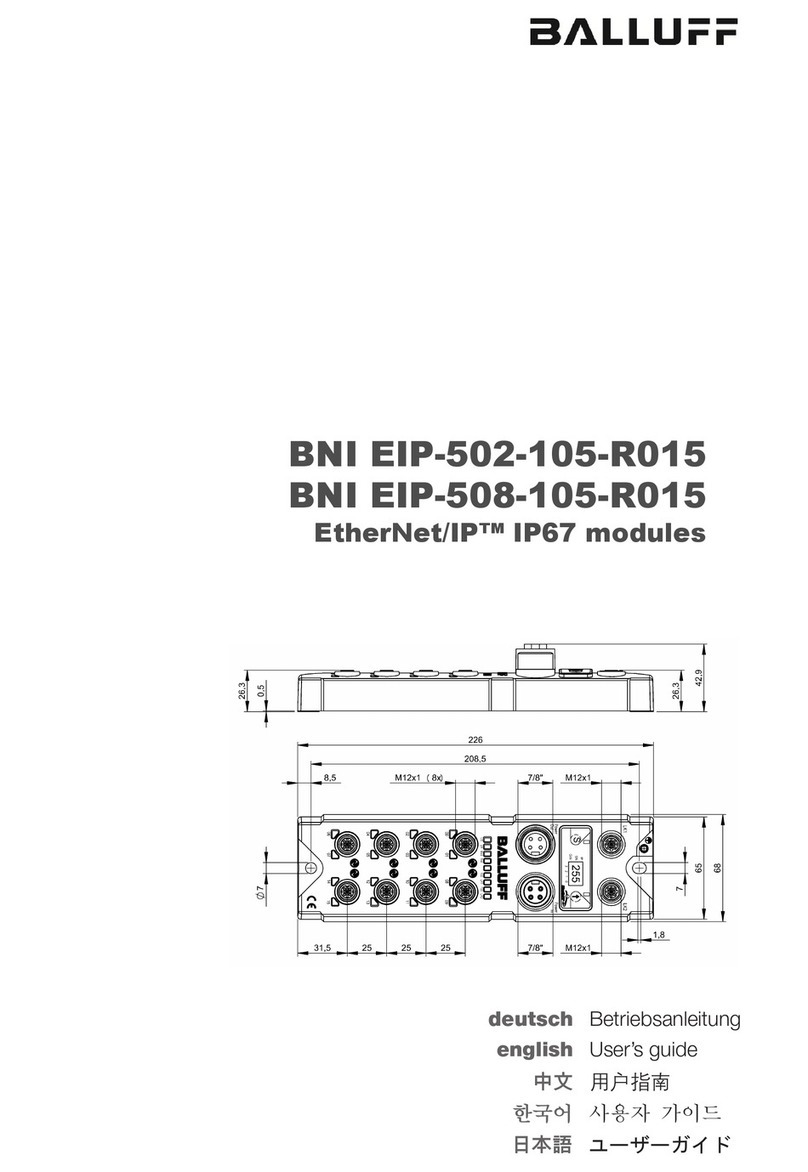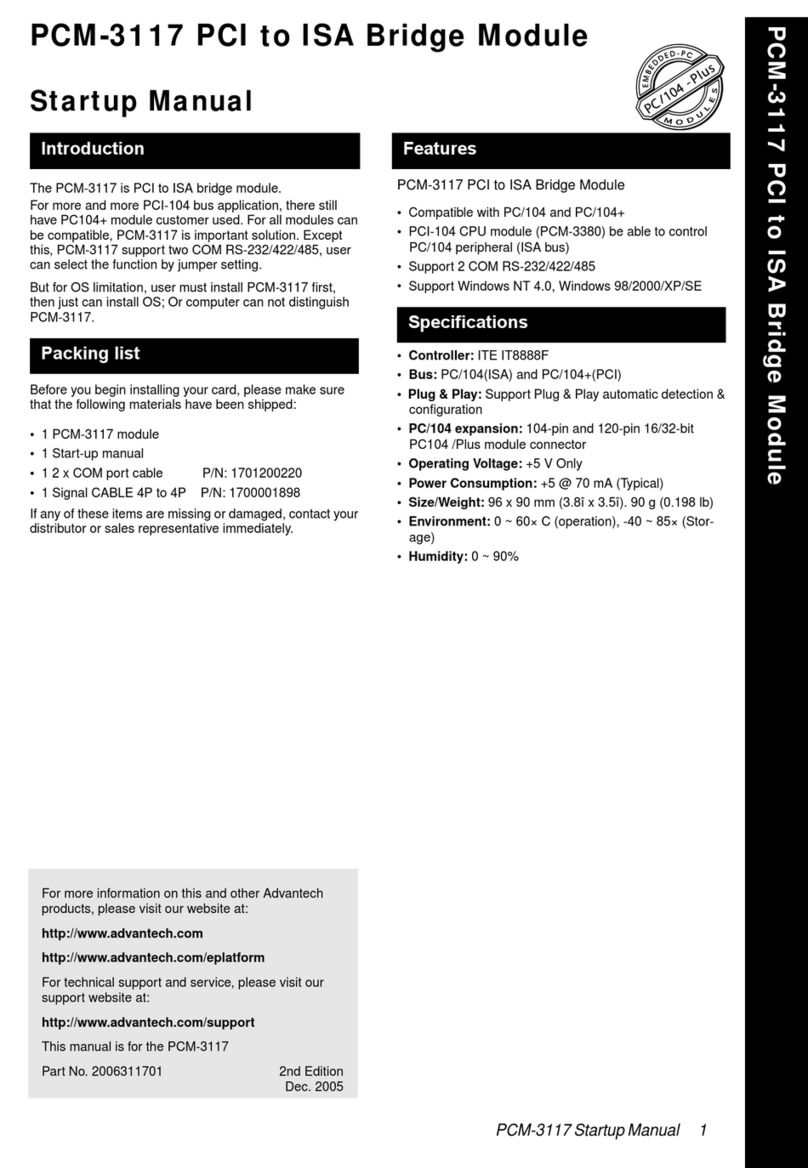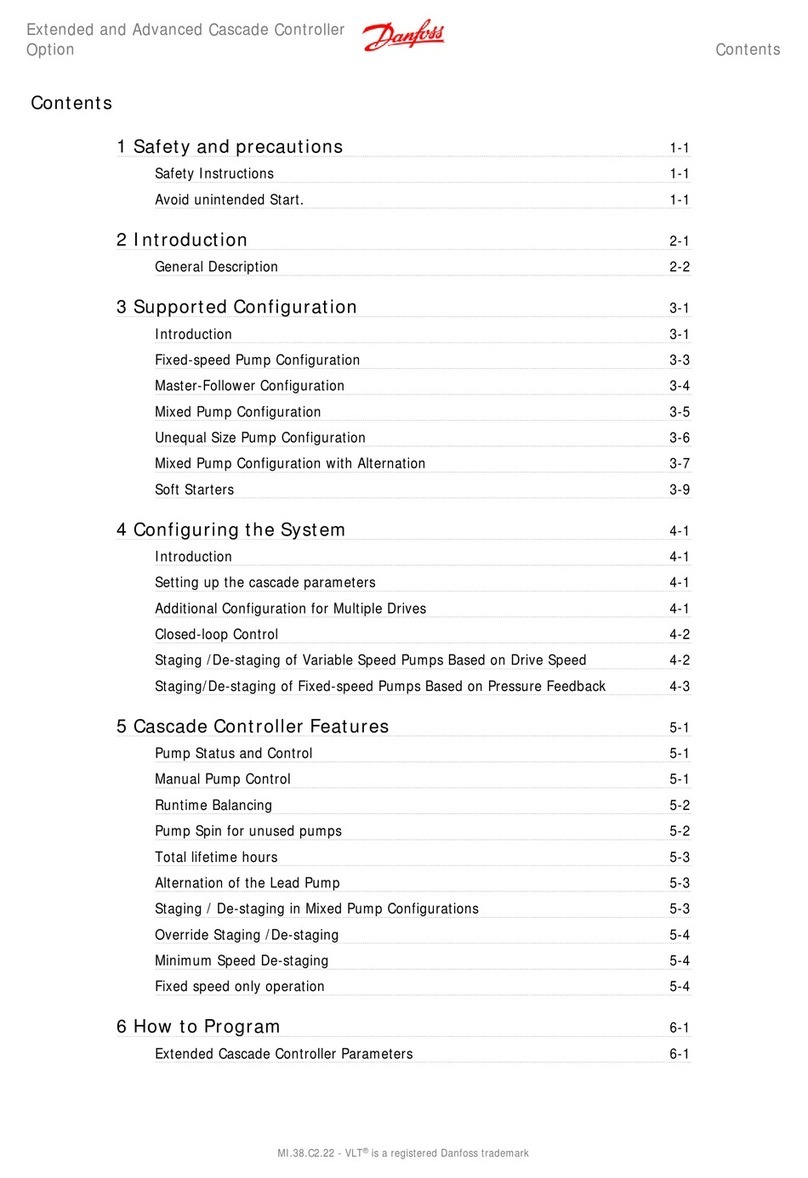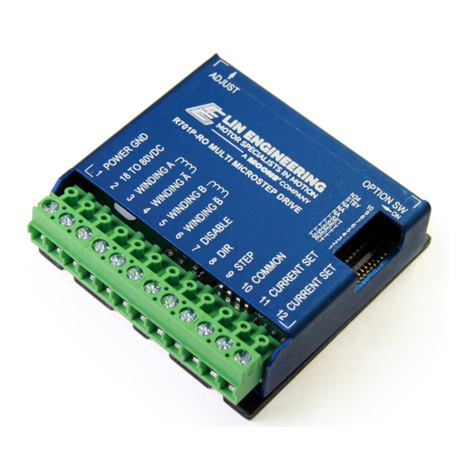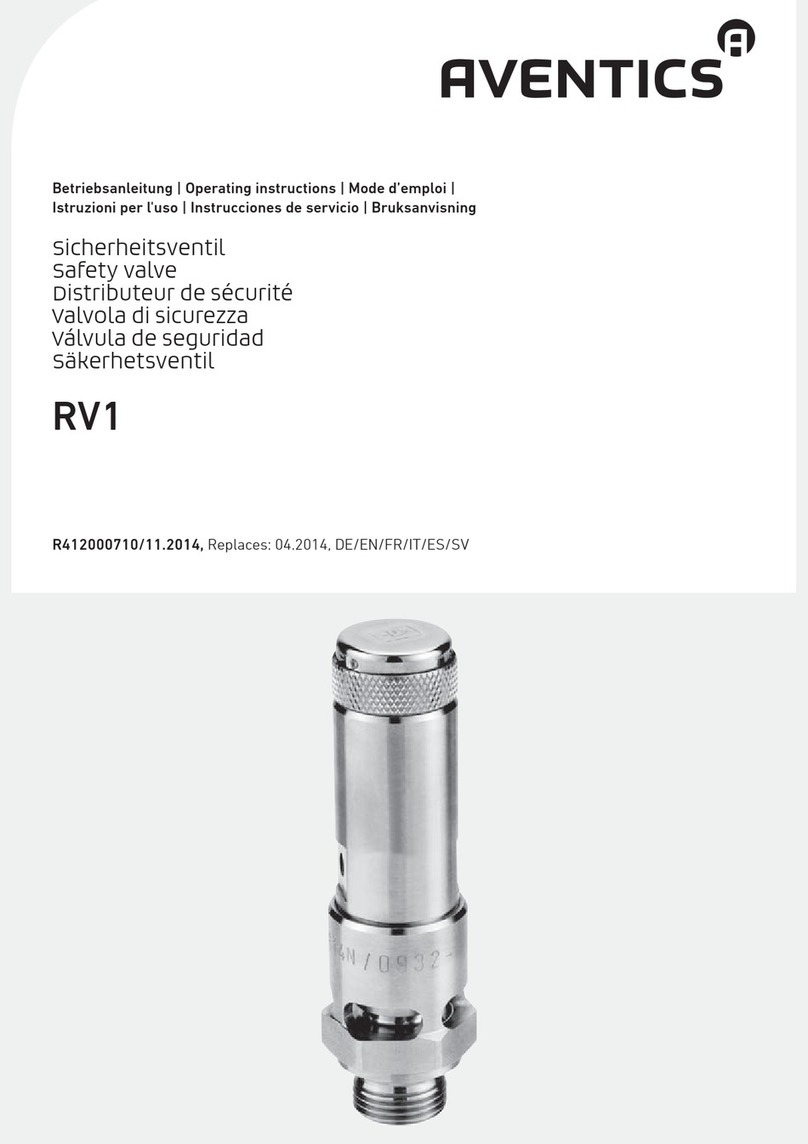
5. Application example
Any HVAC unit can use the pump object, either as an actuator, where the pump speed is
used to control the flow or pressure in the HVAC application, or the pump can be used
as an intelligent device, which can maintain a constant pressure in the system. In both
cases the pump can be monitored and manually controlled via the system.
In the following example the pump is used as an intelligent device which is running in
PRESS_COMP control mode. This means the pump will automatically lower the
pressure setpoint in proportion to the system flow. The unit turns the pump into minimum
mode during nighttime via nviPumpOpMode and gets status for pump operation mode
from nvoEffOpMode. The HVAC control unit uses nvoPumpStatus to retrieve status
information from the pump. The controller can use this information to see pump faults
and hardware overrides, and whether the pump is running or not.
The pump is attached to a manual stop button, which can be used to stop the pump.
When the pump is stopped via nviPumpOvdStop the HVAC control unit is no longer
able to control the pump via normal setpoint.
The example also shows a local control and monitor panel. Via this panel the pump fault
status can be seen, as well as the pump flow and pressure. From this local panel it is
possible to give the pump a pressure setpoint. This means the pump will keep a
constant pressure, which will override the HVAC control unit.
The whole system is monitored via a main system.
nvoPumpSetpoint
nvoPumpOpMode
nviPumpCapacity
nviEffOpMode
nviPumpStatus
HVAC-unit
nvoPumpSwitch
Manual stop button
nviPumpStatus nvoOvdpress
nviPumpFlow
nviPumpPress
Local Control &
Monitor Panel
nviPumpSetpoint
Pump object
nviPumpOpMode
nviPumpOvdStop
nviOvdpress
nvoPumpCapacity
nvoEffOpMode
nvoPumpStatus
nvoPressure
nvoFlow
Main control unit
Figure 2
Grundfos A/S, DK-8850 Bjerringbro, Denmark Page 7 of 35
